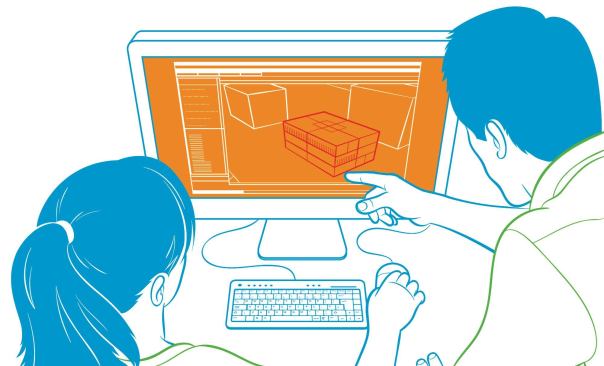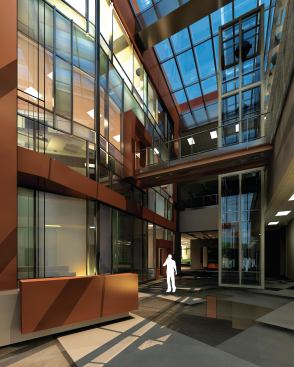Jameson Simpson
The focus on the “individual number makes the design professional a little more anxious,” he says. “There’s a professional risk issue.” Studies on the discrepancies between predicted and actual energy consumption have been well-publicized, and include a 2008 report by the New Buildings Institute and the USGBC that found that 25 percent of LEED-certified or Energy Star–rated buildings underperform their energy goals, and a 2010 Department of Energy study that found that inaccuracies in estimating energy usage of existing homes prior to retrofit subsequently led to the overstatement of savings post-renovation.
Along with the pressure of producing an accurate project model—which isn’t helped by the amount of input data required or the number of assumptions made regarding construction, building use, and climate conditions—the profession is hindered by the dearth of architect-friendly programs, says Chris Green, AIA, president of Ago Studios in Avon, Colo. “Most are heavily engineering-based and require you to rebuild a building within the software to model it.” The ideal program, he says, would integrate design, modeling (such as visualization and building information modeling), and energy evaluation at all project stages, from preliminary conceptual models to construction documentation.
But rather than wait for one software program that can do everything, architects need to pick a tool and start now so they can take a leadership role in a process that is “becoming not optional,” says Chris Morrison, AIA, a principal at Cunningham | Quill Architects in Washington, D.C.
Reilly says that the available software can be grouped into three general categories: programs designed by equipment manufacturers such as Carrier; free tools provided by the likes of the Department of Energy, such as DOE-2; and an increasing number of proprietary programs, such as Autodesk’s Ecotect Analysis, that are developed for architectural design. The diversity of programs and their costs allows firms of all sizes the opportunity to pursue energy modeling.
CBT uses VE-Pro, Ecotect, and eQuest; Cannon also uses eQuest. Green, who is the sole practitioner at Ago Studios, developed his own lengthy Microsoft Excel spreadsheets to suit his projects, which are mostly renovations and better simulated through component modeling than whole-building modeling.


